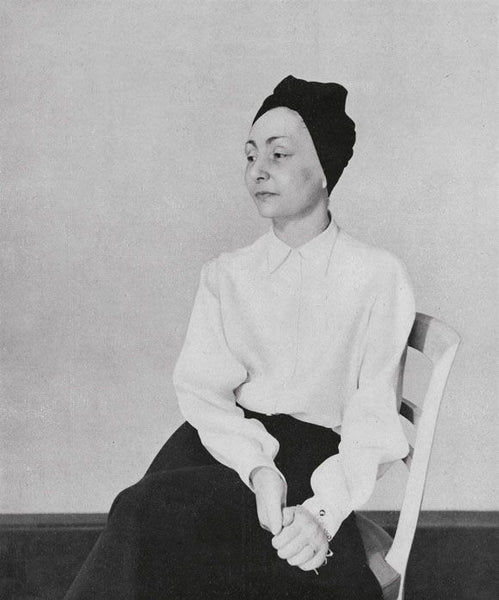
Designer Spotlight: Madame Gres
Madame Grès pursued sculpture before turning her interests towards fashion. She was was initially a hat maker, but her eye for design soon propelled her into haute couture dressmaking. By the 1930s, Gres had made a name for herself, and by the end of her career she counted a number of famous women in her client list, including: Wallis Simpson - the Duchess of Windsor, Princess Matilda of Greece, Paloma Picasso, Grace Kelly, Marella Agnelli, Marie-Helene de Rothschild, Edith Piaf, Jacqueline Kennedy, Dolores del Río, Barbra Streisand, Marlene Dietrich, and Greta Garbo.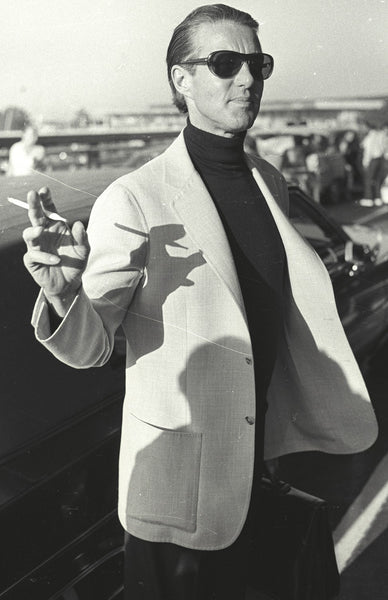
Designer Spotlight: Roy Halston Frowick
Halston was thrown into the limelight when Jacqueline Kennedy wore his pillbox hat to John F. Kennedy’s inauguration. Soon Halston expanded into women’s wear, creating both couture and ready-to-wear fashion catering to the fashionable and elite jet set. Halston also accepted the honor of designing the 1976 US Olympic team uniforms, redesigned Braniff Airlines’ uniforms in 1977, and created uniforms for the New York Police Department and the Girl Scouts in 1978.
Halston was innovative, using slinky knit material and ultrasuedes, and introducing a halter dress design that elongated a wearer’s silhouette. He pioneered the sensual and soft draped looks associated with disco and his beloved Studio 54.
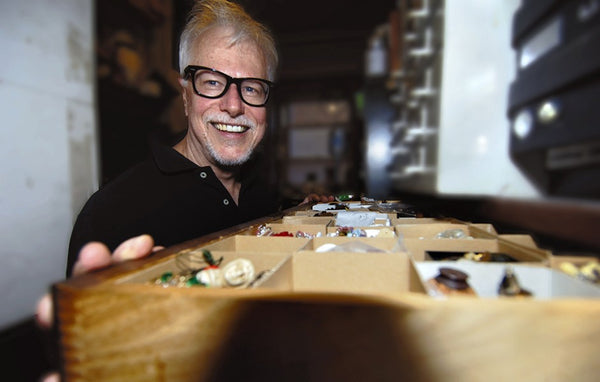
Designer Spotlight: Lawrence Vrba
Lawrence Vrba began his career in 1969, working as a counter at Miriam Haskell; his talents did not go unnoticed, and he soon found himself designing jewelry. The Egyptian collection - perhaps his most famous Miriam Haskell collection- was inspired by materials he found while in Europe, and was featured in an edition of Vogue. In 1983 Vrba left Les Bernard to create his own eponymous business.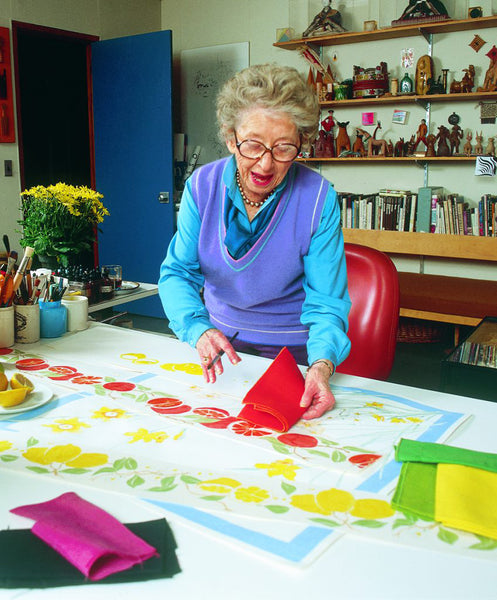
Designer Spotlight: Vera Neumann
In the 1940s material rationing caused linen to be in short supply; Vera found some parachute silk in a surplus store while looking for alternatives. This event was the catalyst for Vera’s scarf business. The scarves became instantly popular; Vera designs were taken from her paintings; Vera, keeping her signature on the scarves, created the concept of a signature scarf. An entrepreneurial woman, Vera championed branding, her little ladybugs were displayed on her pieces. Vera cross marketed her art, using the same print in garments, table fashion, bedsheets, kitchen accessories, aprons, towels, and more.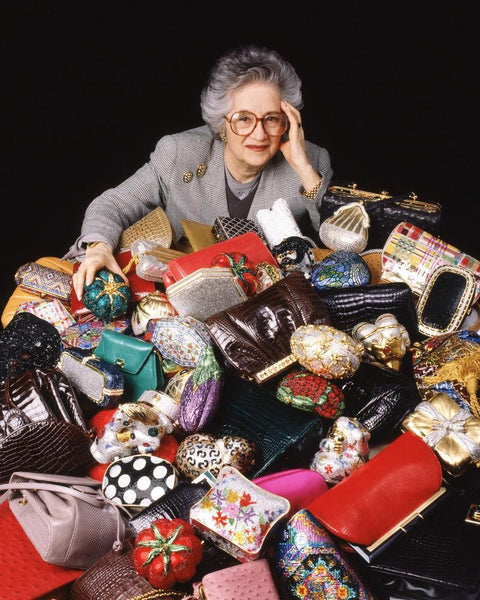
Designer Spotlight: Judith Leiber
Leiber founded her own business in 1963, making a name for herself through her delicate, throughly decorated minaudières. These minaudières were small, hard-shelled metal evening purses in eye-catching shapes, adorned with any number of materials including Swarovski crystals, embroidery, leather, seashells, and silk. Her jewel box handbags were particularly popular with the red carpet crowd, including Greta Garbo, Joan Rivers, Mary Tyler Moore, Claudette Colbert, and Linda Carter.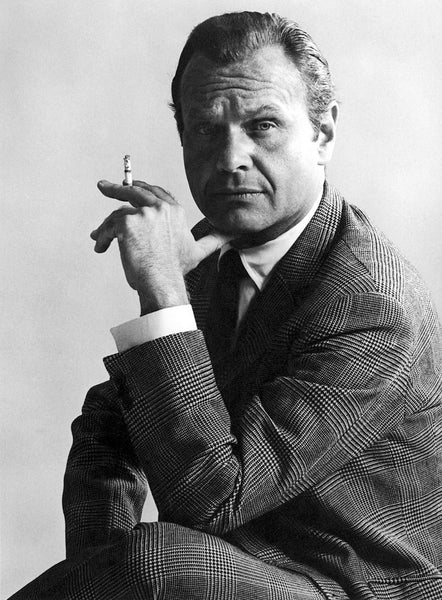
Designer Spotlight: Bill Blass
Blass was well known for his couture take on sportswear. He would make traditional cuts in luxurious fabrics, with incredible craftsmanship and attention to detail. His opulent sportswear was unparalleled, and in pairing a cashmere cardigan with a silk gown, he found new innovative ways to mix it into his formalwear.
Blass achieved internationally recognition when he joined the American team of designers -consisting of Stephen Burrows, Oscar de la Renta, Halston, and Anne Klein with Donna Karan- that was to face off against the French team of designers -Yves Saint Laurent, Emanuel Ungaro, Marc Bohan for Christian Dior, and Hubert de Givenchy- in the infamous “Battle of Versailles” fashion show.
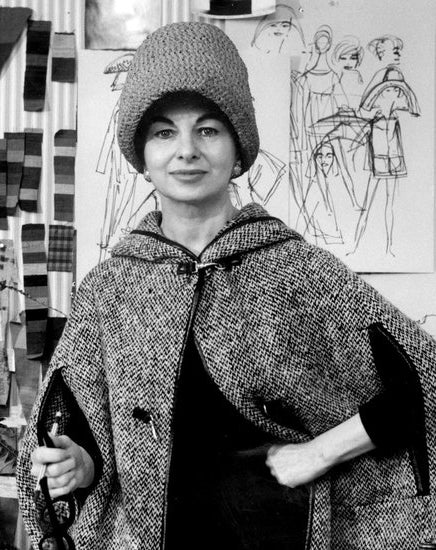
Designer Spotlight: Bonnie Cashin
Cashin spearheaded the American casual sportswear look. Her practical, attractive clothing appealed to the increasingly independent and informal post-war woman. Cashin’s designs championed the layering of several lighter garments rather that using a single heavy coat, a reflection of the progressively flexible schedules of American women.
Cashin was Coach’s first designer, and worked with the company until 1974. Her innovative designs and use of leather, mohair, and hardware, as well as her playful, colorful handbag lining, set Coach up for design victory.
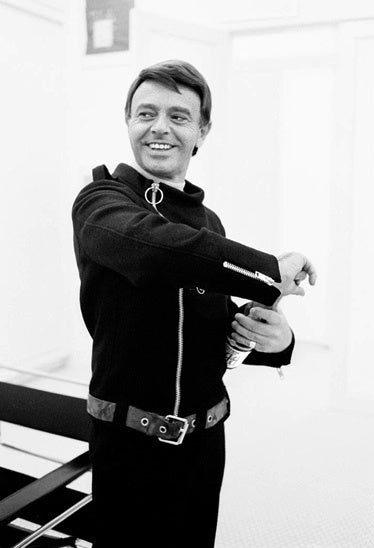
Designer Spotlight: Rudi Gernreich
In 1967, Time magazine declared Gernreich to be “the most way-out, far-ahead designer in the U.S.,” and with his innovative, experimental, adventurous designs, it would be difficult to deny that Rudi Gernreich was a designer ahead of his time.
Although high-end, Gernreich created works that were youthful and fun, showcasing his strong understanding of shape, color, form, and the human body. His designs sought to liberate the female form from structured fashion, and to challenge reigning beauty and gender norms.
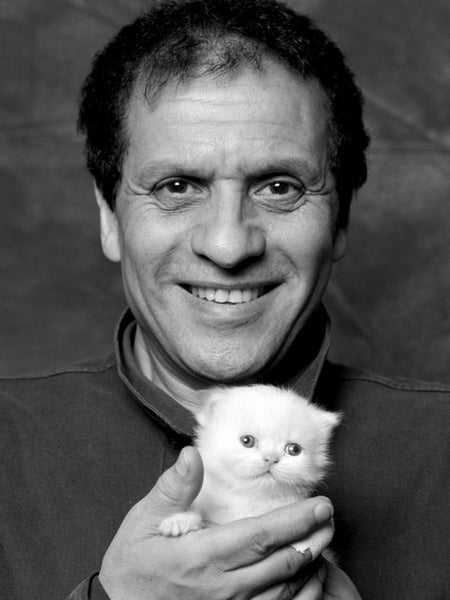
Designer Spotlight: Azzedine Alaïa
Azzedine Alaia was the master of his own destiny, rejecting aspects of the fashion industry including the traditional calendar, timelines, and advertising norms. He refused to bend to the market’s will. He was a perfectionist who would show his work only when it was finished. Alaia was internationally renowned, his designs appearing on the covers of magazines, runways across the globe, and in the halls of Museums.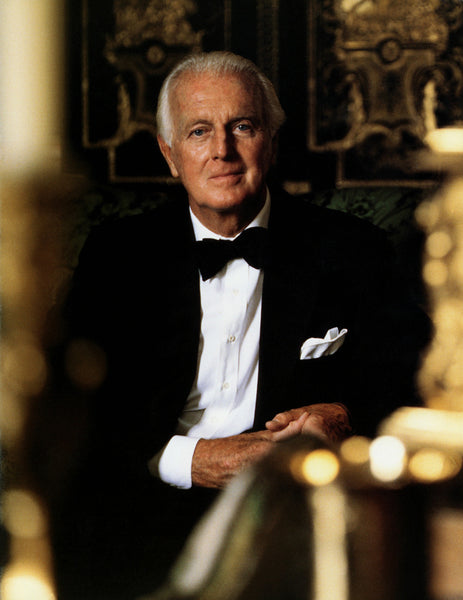
Designer Spotlight: Hubert de Givenchy
Givenchy opened his couture house in 1952. La Maison Givenchy launched with a collection of separates including the iconic Bettina Blouse. The Bettina and the rest of the collection was a roaring success, earning Givenchy 7 million francs by the end of the day. Givenchy produced fine couture, but in 1954 became the first couturier to present a ready - to - wear line.
Givenchy went agains the “New Look” wave and released his “sack” dress in 1957. The sack dress was provocative, with a loose, circular silhouette that hid the torso, but with high hemlines that showed off the legs. Givenchy’s loose silhouette was a clear predecessor to the shift, trapeze, and babydoll dresses of the 1960s.

Designer Spotlight: Martin Margiela
Martin Margiela is a notoriously private person. There are very few photos of him on the web. Margiela waits backstage behind the catwalk and moves covertly through events thrown to honor him. Margiela only responds to faxes.
He is a true artist, there are few designers that can provoke passionate, disparate reactions from fans and critics. The counter culture attitude with which Margiela challenges the fashion industry, cherishes anonymity and shuns fame is one that has inversely created a mythology elevating his celebrity.

Designer Spotlight: Christian Dior
Dior continued to receive offers from fashion houses, however he wanted to build his own empire. The success of Balmain’s 1945 launch emboldened Dior, and in December of 1946, he quietly opened his fashion house. For two months Dior worked on his first collection. On February 12th he stunned the world with his “New Look.” The collection was a fresh return to opulence, with sculpted lines, full skirts, wasp waists, and yards and yards of silk.
